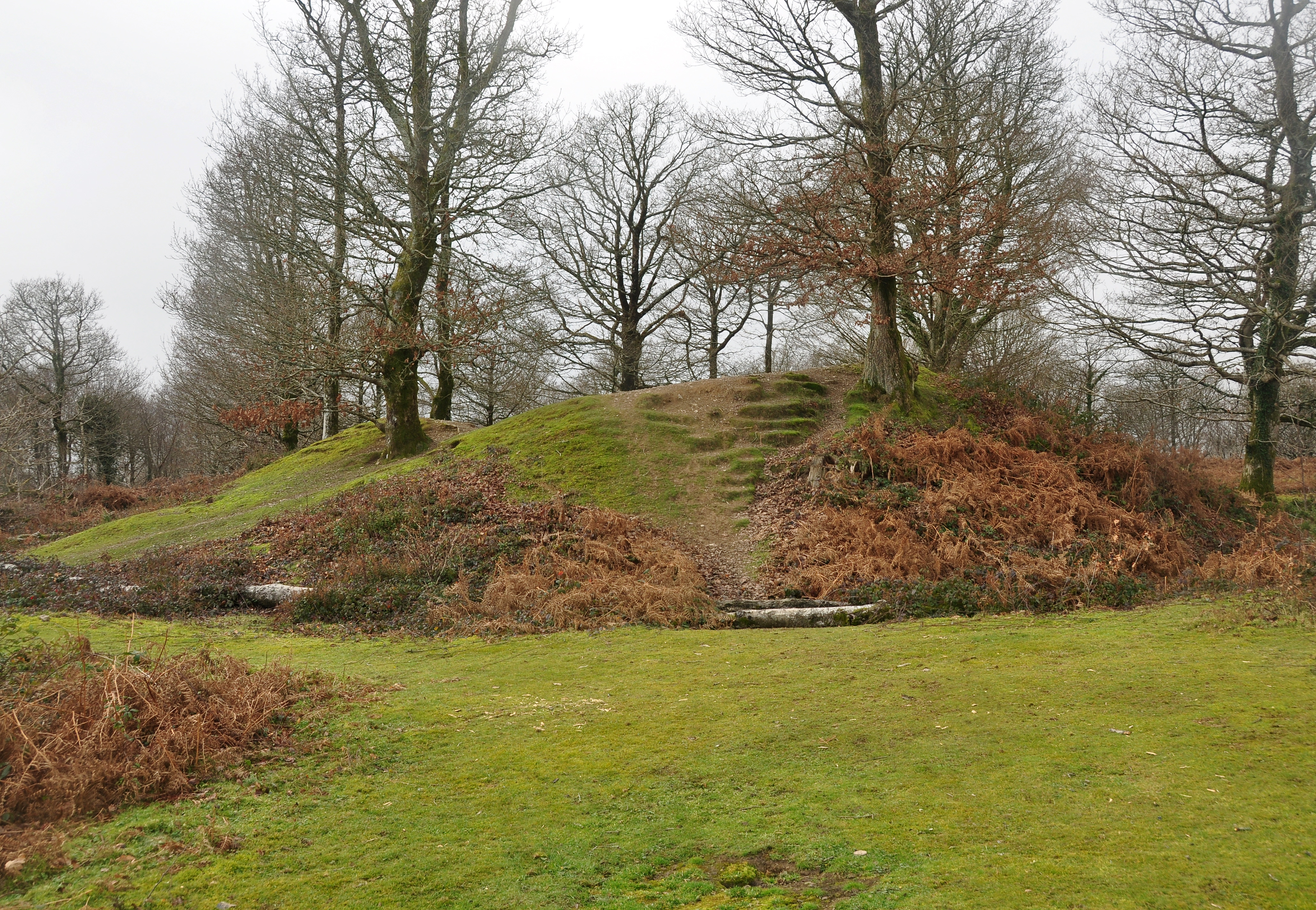|
Hembury Castle, Tythecott
Hembury Castle is an Iron Age Hill fort situated close to Tythecott, south of Buckland Brewer in Devon Devon ( , historically known as Devonshire , ) is a ceremonial and non-metropolitan county in South West England. The most populous settlement in Devon is the city of Plymouth, followed by Devon's county town, the city of Exeter. Devo .... The fort is situated on a promontory off the East of a large hill at some 137 Metres above Sea Level.R.R.Sellman; Aspects of Devon History, Devon Books 1985 - - Chapter 2; The Iron Age in Devon. Map Page 11 of Iron Age hill forts in Devon includes Hembury Castle. References Hill forts in Devon {{UK-archaeology-stub ... [...More Info...] [...Related Items...] OR: [Wikipedia] [Google] [Baidu] |
Hembury Castle, Buckfast
Hembury Castle is an Iron Age hillfort about a mile north-west of the village of Buckfast on the south-eastern edge of Dartmoor in Devon, England (). The fort is about 178 metres above sea level on a promontory between the River Dart on the east and the Holy Brook, south-west. The slope down to the River Dart is very steep and is covered by Hembury Woods which is now a Site of Special Scientific Interest. The fort is said to cover about seven acres and it is surrounded by a prominent rampart and ditch. It is one of several Iron Age forts on the eastern edge of Dartmoor, others include Holne Chase Castle, Wooston Castle, Cranbrook Castle and Prestonbury Castle. Inside the fort, on the western side, is an 11th- or 12th-century motte with a surrounding narrow inner bailey. The ramparts of the earlier hillfort may have been used as the outer bailey of the castle. The entire site has legal protection as a scheduled monument. The first documentary reference to Hembury Castle is in ... [...More Info...] [...Related Items...] OR: [Wikipedia] [Google] [Baidu] |
Hembury
Hembury is a Neolithic causewayed enclosure and Iron Age hill fort near Honiton in Devon. Its history stretches from the late fifth and early fourth millennia BC to the Roman invasion. The fort is situated on a south facing promontory at the end of a 240m high ridge in the Blackdown Hills. It lies to the north of and overlooking the River Otter valley and this location was probably chosen to give good views of the surrounding countryside as well as for defensive reasons. Stages of occupation Originally a neolithic site, an Iron Age hill fort was later built on the same site. It was excavated between 1930 and 1935 by Dorothy Liddell. She identified a timber framed entrance to the causewayed enclosure and an oval arrangement of postholes in the middle which she interpreted as being a building destroyed by fire before the enclosure earthworks were built. Other evidence of neolithic occupation included pottery, flints, axes, querns and charred grain. During an excavation in ... [...More Info...] [...Related Items...] OR: [Wikipedia] [Google] [Baidu] |
Iron Age
The Iron Age is the final epoch of the three-age division of the prehistory and protohistory of humanity. It was preceded by the Stone Age (Paleolithic, Mesolithic, Neolithic) and the Bronze Age (Chalcolithic). The concept has been mostly applied to Iron Age Europe and the Ancient Near East, but also, by analogy, to other parts of the Old World. The duration of the Iron Age varies depending on the region under consideration. It is defined by archaeological convention. The "Iron Age" begins locally when the production of iron or steel has advanced to the point where iron tools and weapons replace their bronze equivalents in common use. In the Ancient Near East, this transition took place in the wake of the Bronze Age collapse, in the 12th century BC. The technology soon spread throughout the Mediterranean Basin region and to South Asia (Iron Age in India) between the 12th and 11th century BC. Its further spread to Central Asia, Eastern Europe, and Central Europe is somewhat dela ... [...More Info...] [...Related Items...] OR: [Wikipedia] [Google] [Baidu] |
Hill Fort
A hillfort is a type of earthwork used as a fortified refuge or defended settlement, located to exploit a rise in elevation for defensive advantage. They are typically European and of the Bronze Age or Iron Age. Some were used in the post-Roman period. The fortification usually follows the contours of a hill and consists of one or more lines of earthworks, with stockades or defensive walls, and external ditches. Hillforts developed in the Late Bronze and Early Iron Age, roughly the start of the first millennium BC, and were used in many Celtic areas of central and western Europe until the Roman conquest. Nomenclature The spellings "hill fort", "hill-fort" and "hillfort" are all used in the archaeological literature. The ''Monument Type Thesaurus'' published by the Forum on Information Standards in Heritage lists ''hillfort'' as the preferred term. They all refer to an elevated site with one or more ramparts made of earth, stone and/or wood, with an external ditch. M ... [...More Info...] [...Related Items...] OR: [Wikipedia] [Google] [Baidu] |



